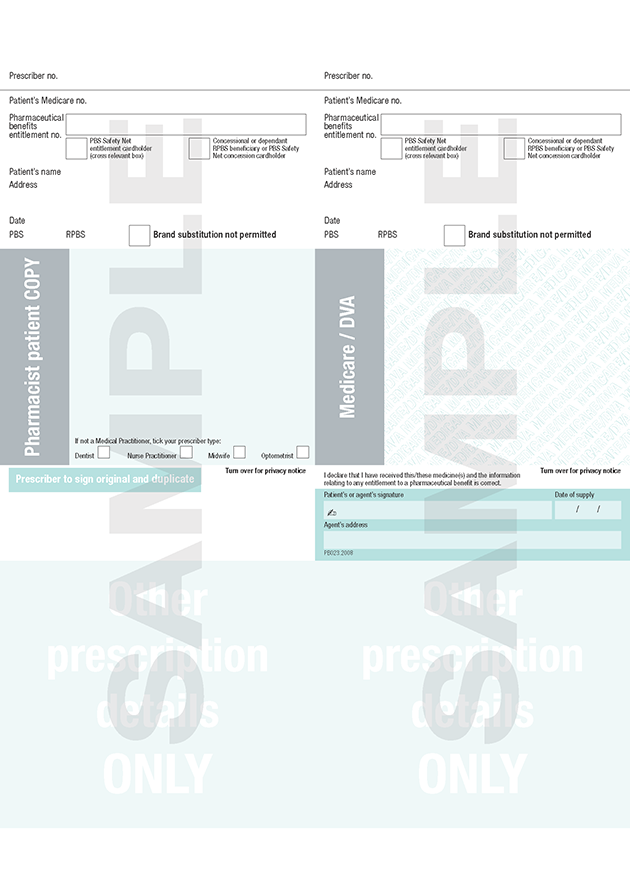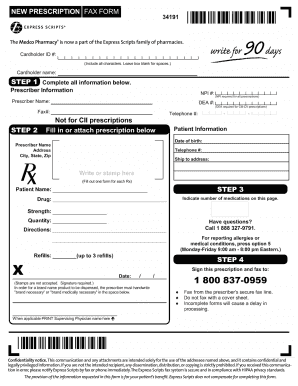How to Send Successful Faxes
Faxing remains a critical communication tool in the medical industry despite the digital shift to email and secure messaging. Supporting fax technology, however, has become increasingly challenging due to a combination of legacy fax machines, virtual fax services, and the way the internet handles real-time audio transmissions. Unlike modern digital communications, fax transmissions require uninterrupted, real-time audio to successfully complete a transmission. Any disruptions—such as network jitter, packet loss, or internet latency—can lead to incomplete or failed faxes.
One of the most common issues we encounter is how document formatting affects fax transmission success rates. Many designers and administrators create forms with good intentions—making them visually appealing and easy to fill out—but these designs can become a nightmare when faxing.
Why Some Faxes Fail or Take Too Long to Send
Fax technology was designed in an era when documents were primarily black-and-white with minimal formatting. However, modern digital documents often contain coloured headers, shaded backgrounds, grey patterns, watermarks, or complex graphical elements. These factors significantly increase fax transmission times and failure rates.
To understand why, let’s take a step back and imagine an old dot matrix printer—where a set of pins punches down on an ink ribbon, moving across the page to “stamp” dark areas before shifting to the next line. This is essentially how fax machines still work today. Every dark or shaded pixel must be encoded and transmitted bit by bit, making complex images much more difficult to send.
When sending or receiving a Virtual Fax, the process typically involves:
- Scanning a document as an image, then saving it as a TIF or PDF
- Creating a digital PDF with embedded text and images
- Transmitting the file over a fax network, where it is converted back into an analog format
The larger the file size, the longer the fax will take to send, increasing the likelihood of transmission failures.
How Long Does a Fax Take?
To illustrate the impact of file size, here’s how long a single page would take to send over standard fax speeds:
| File Size | 4800 bps Fax Speed | 9600 bps Fax Speed |
|---|---|---|
| 1MB (1024KB) | ~29 minutes | ~14 minutes |
| 500KB | ~14 minutes | ~7 minutes |
| 85KB | ~2 minutes 25 seconds | ~1 minute 12 seconds |
Example Case:
A prescription form with a coloured header, body text, and a signature over a shaded background (file size: 174KB) would take approximately 5 minutes at 4800 bps and 2.5 minutes at 9600 bps to send. This might not seem like much, but for multi-page faxes, these delays can become significant—especially in high-volume environments such as medical clinics and pharmacies.

Best Practices for Reliable Faxing
To ensure faster and more successful fax transmissions, follow these best practices:
✅ Use black and white documents instead of colour or greyscale
✅ Avoid shaded backgrounds, gradients, and dithered patterns
✅ Keep borders minimal and avoid heavy graphical elements
✅ Use clear, bold fonts for important text
✅ Ensure that signatures are placed on plain white space, not over shaded or patterned areas
By simplifying your documents, you not only improve fax transmission speed but also significantly reduce failed attempts and re-sends.
If you have questions about optimizing fax performance or upgrading your fax infrastructure, feel free to contact Approved Systems.

